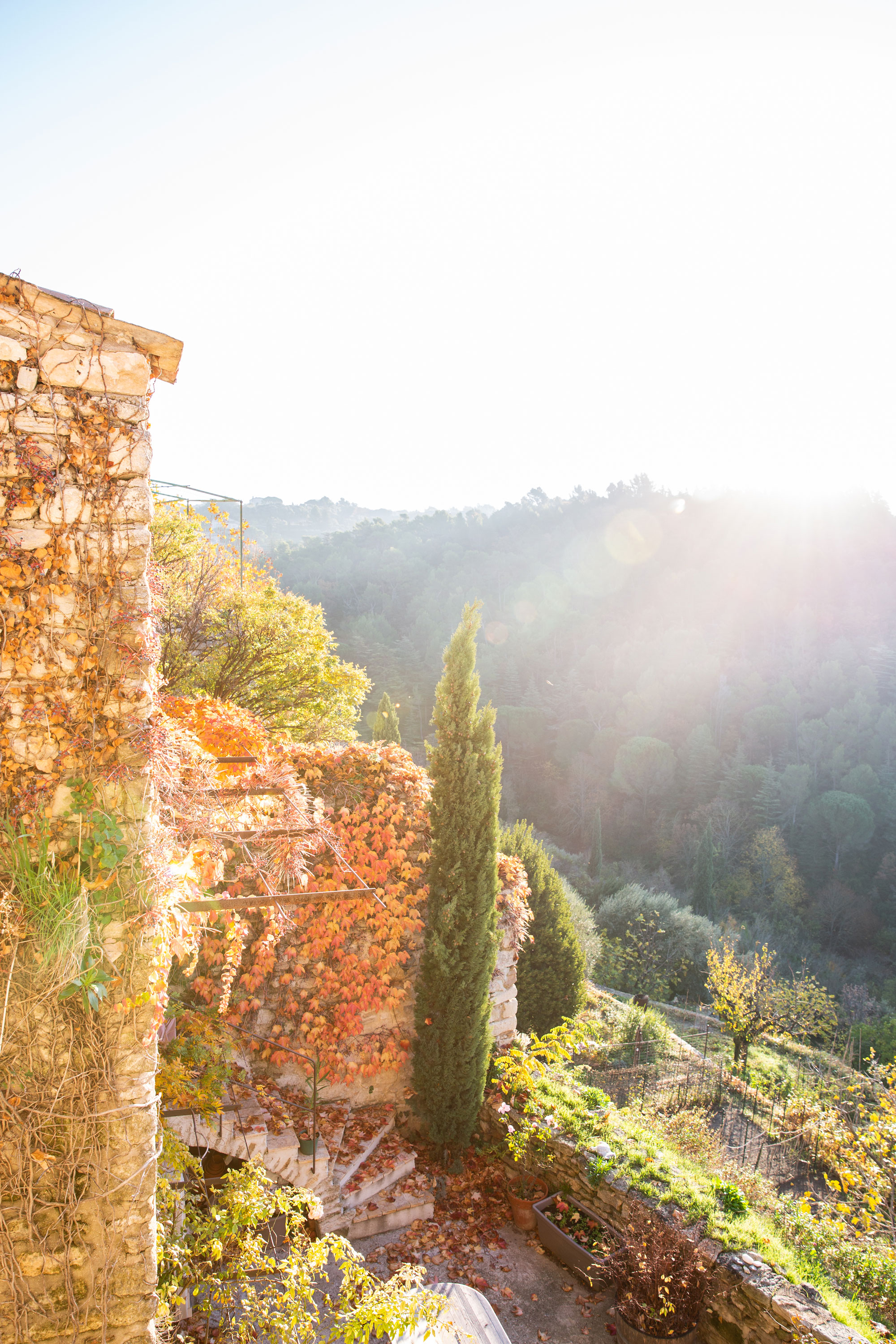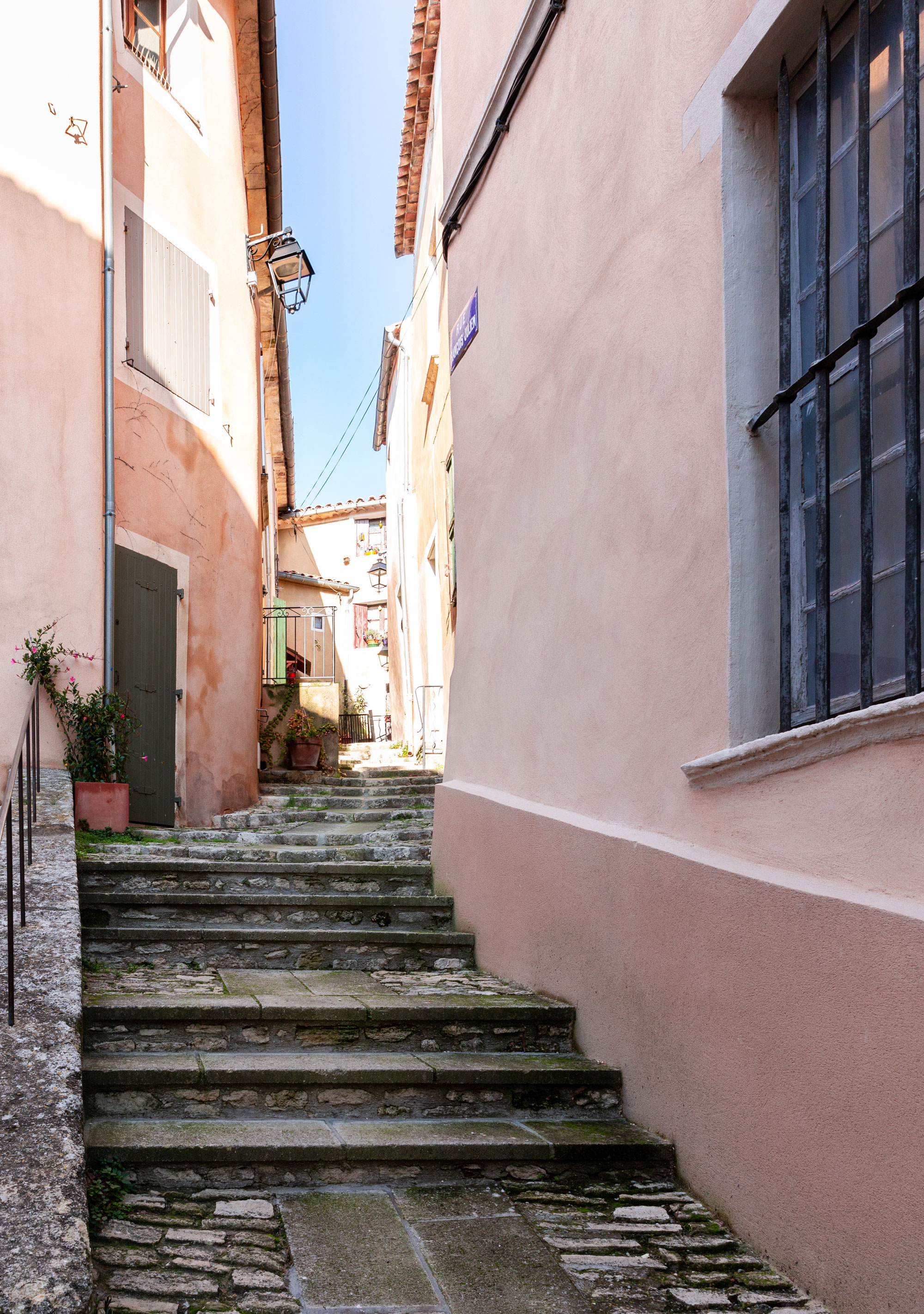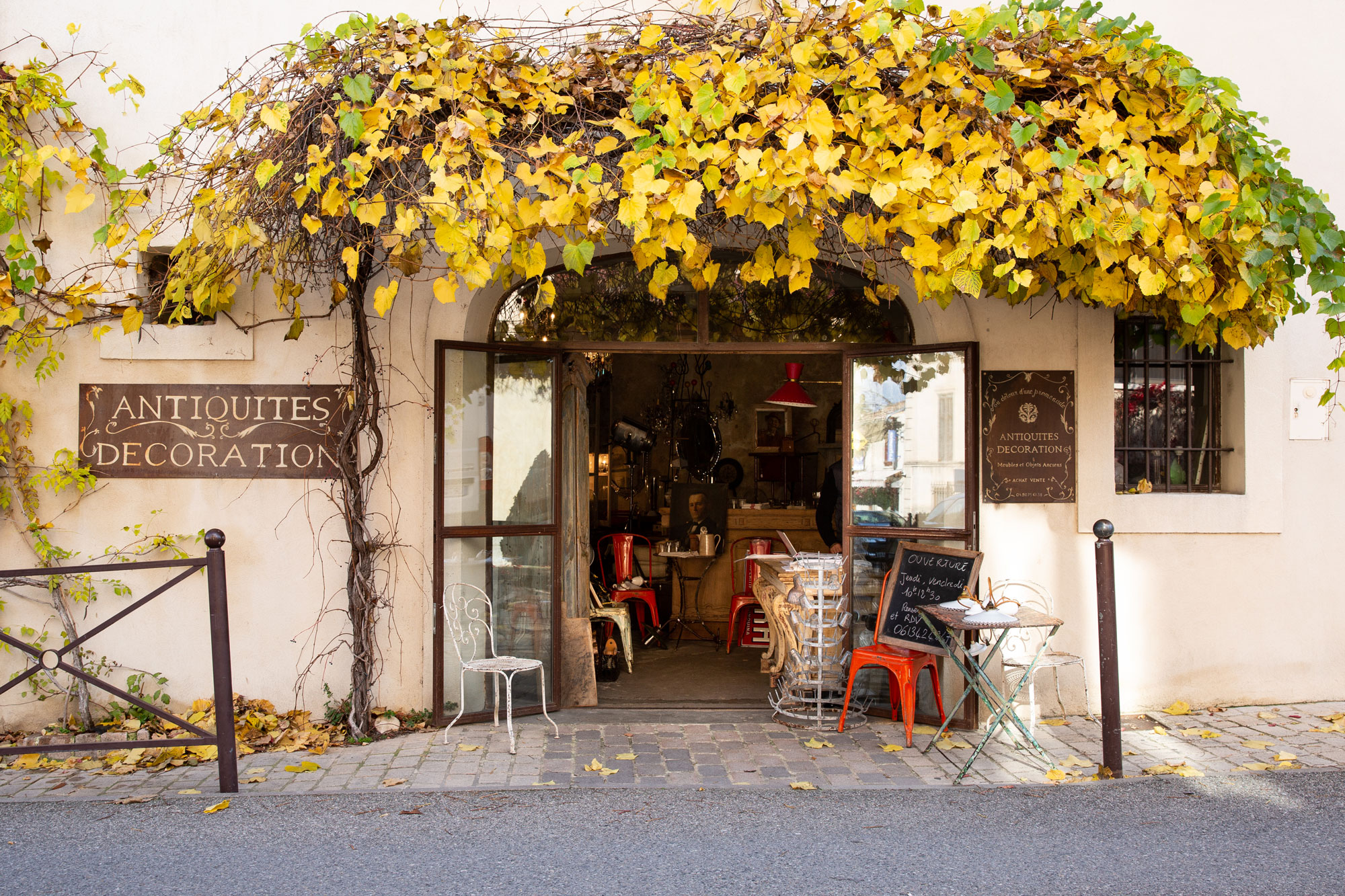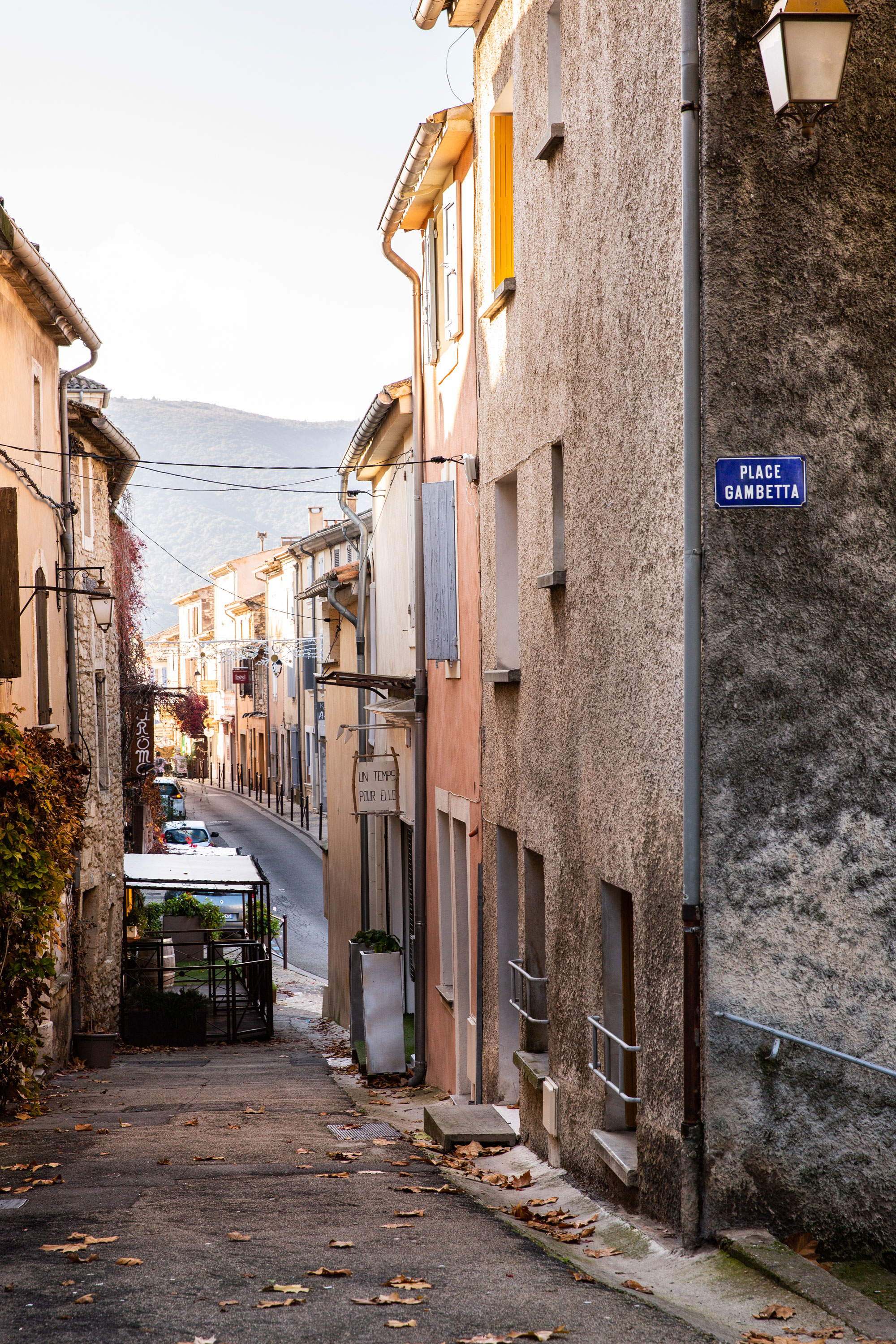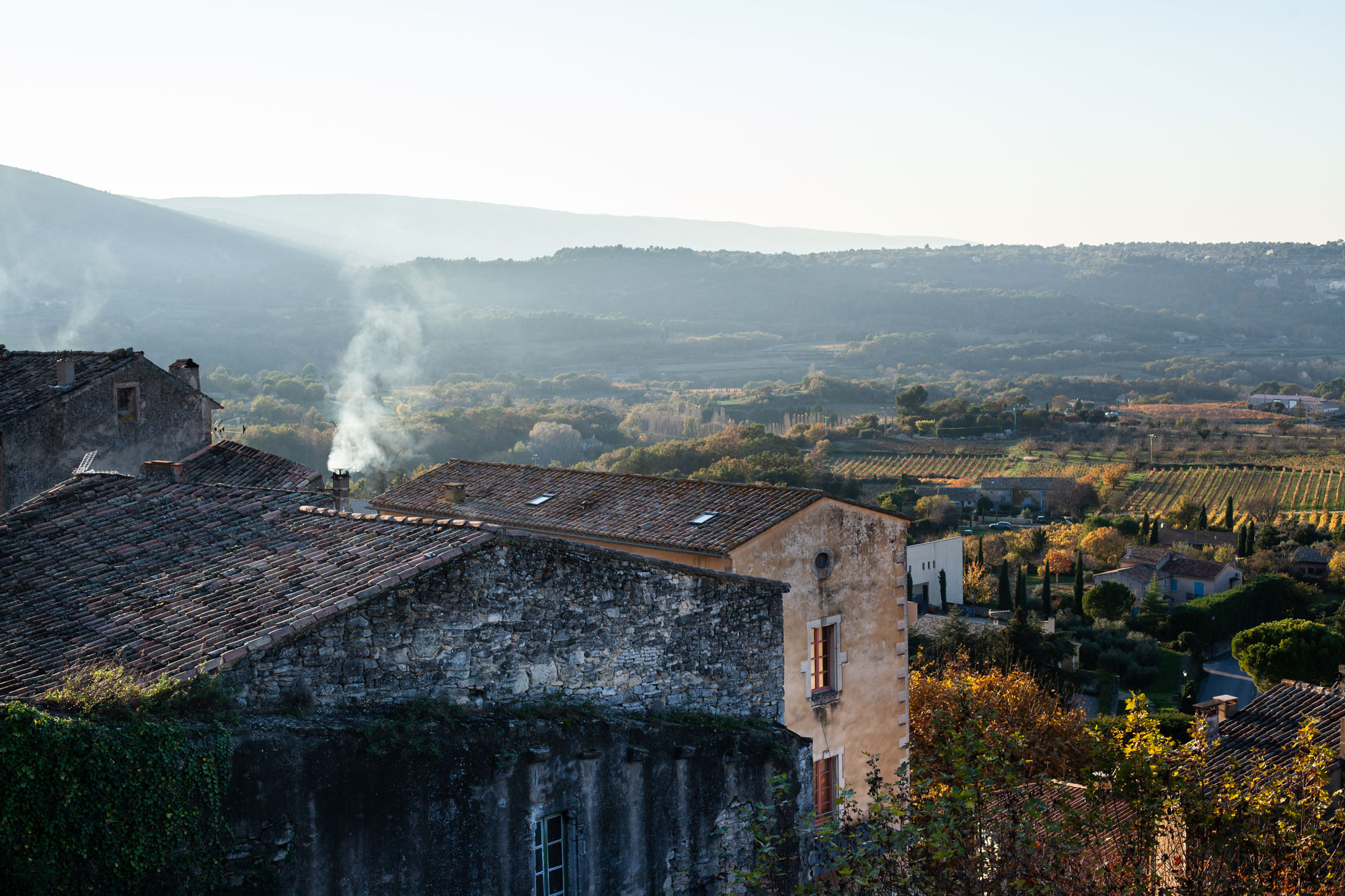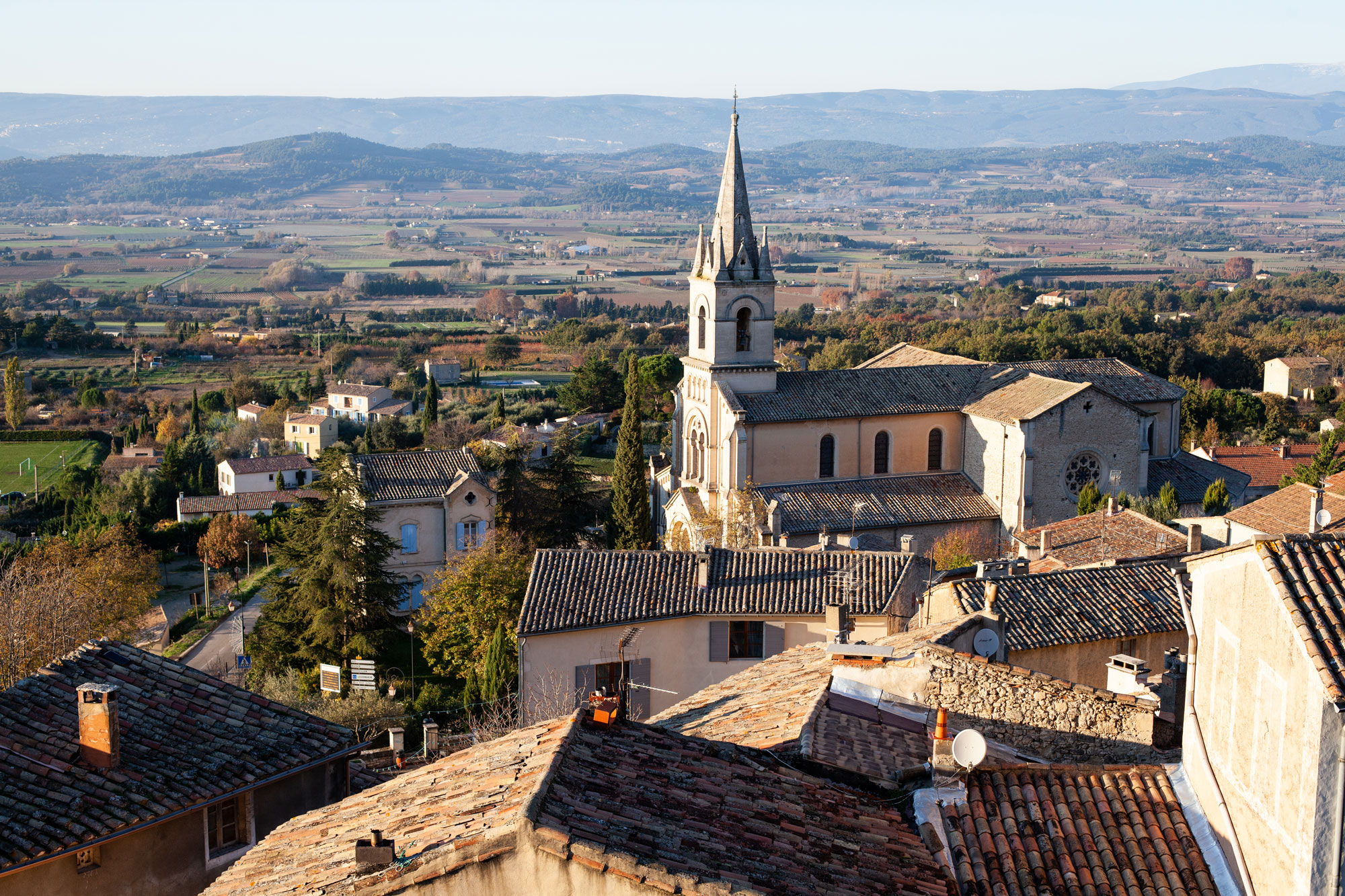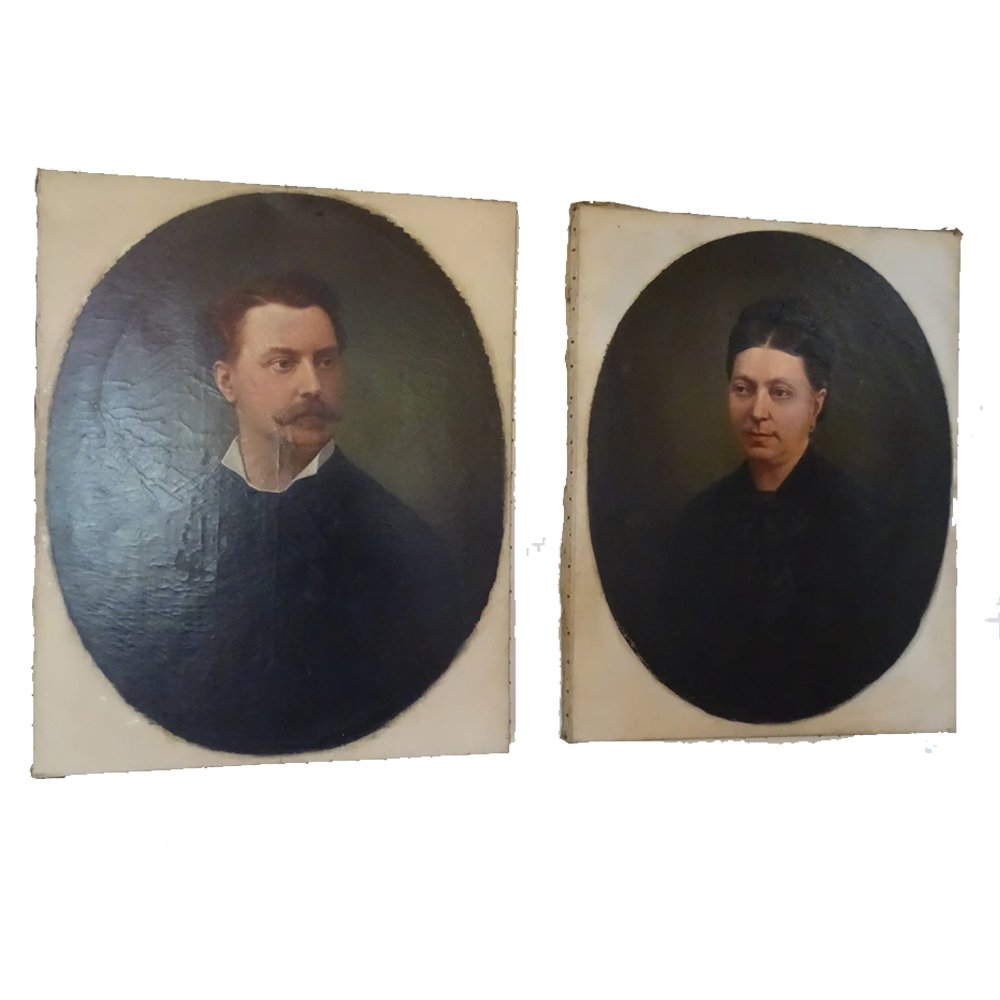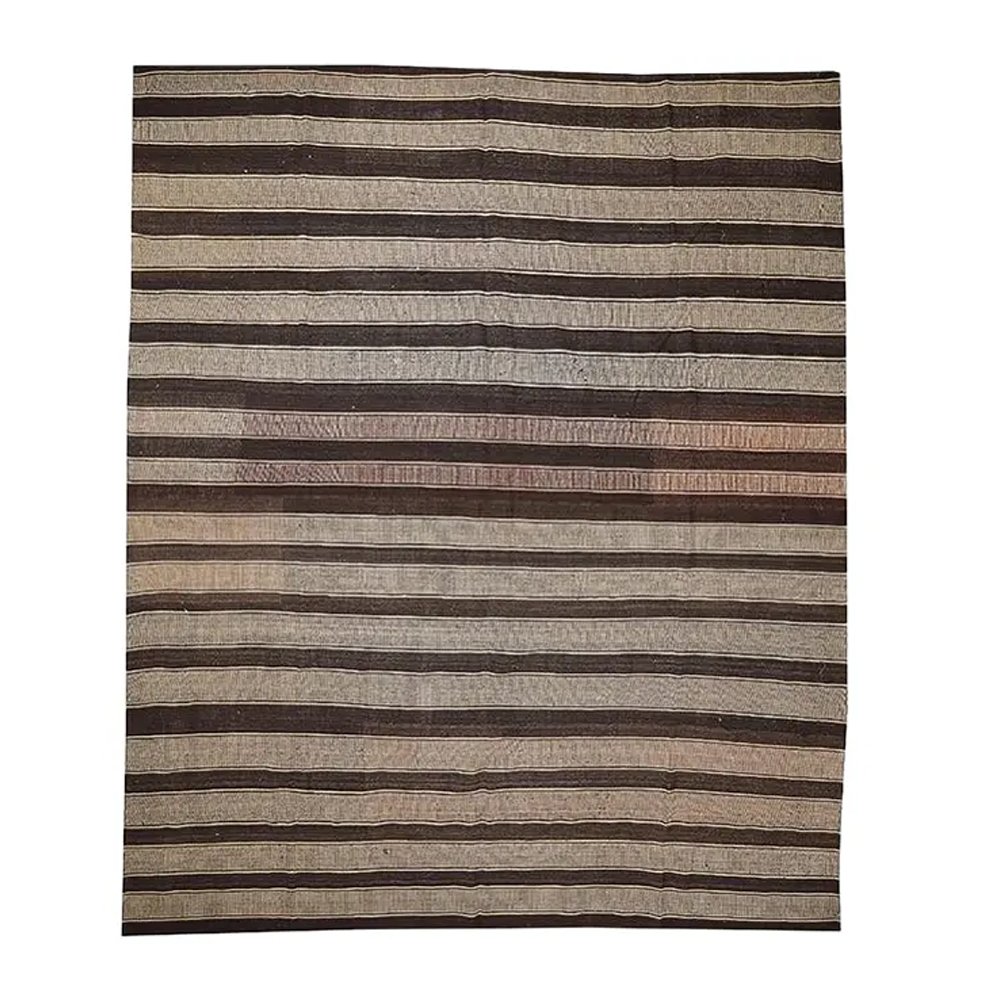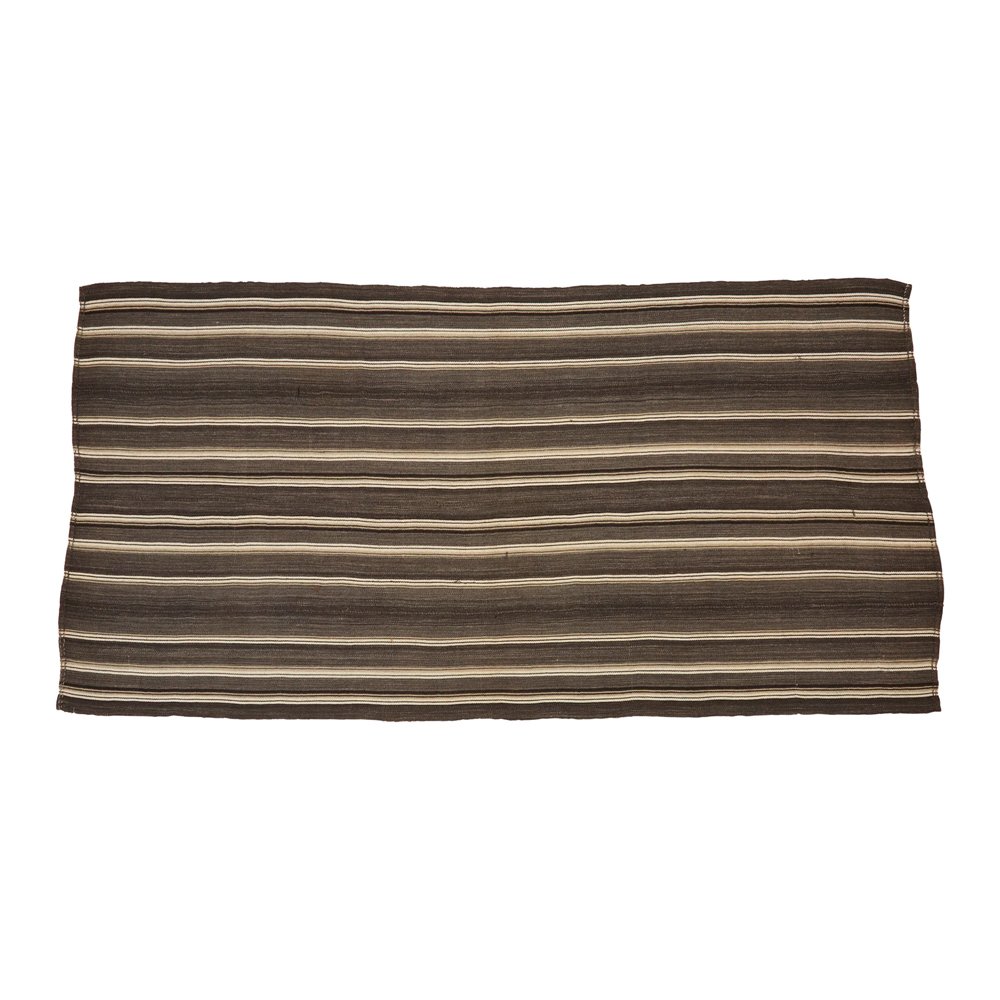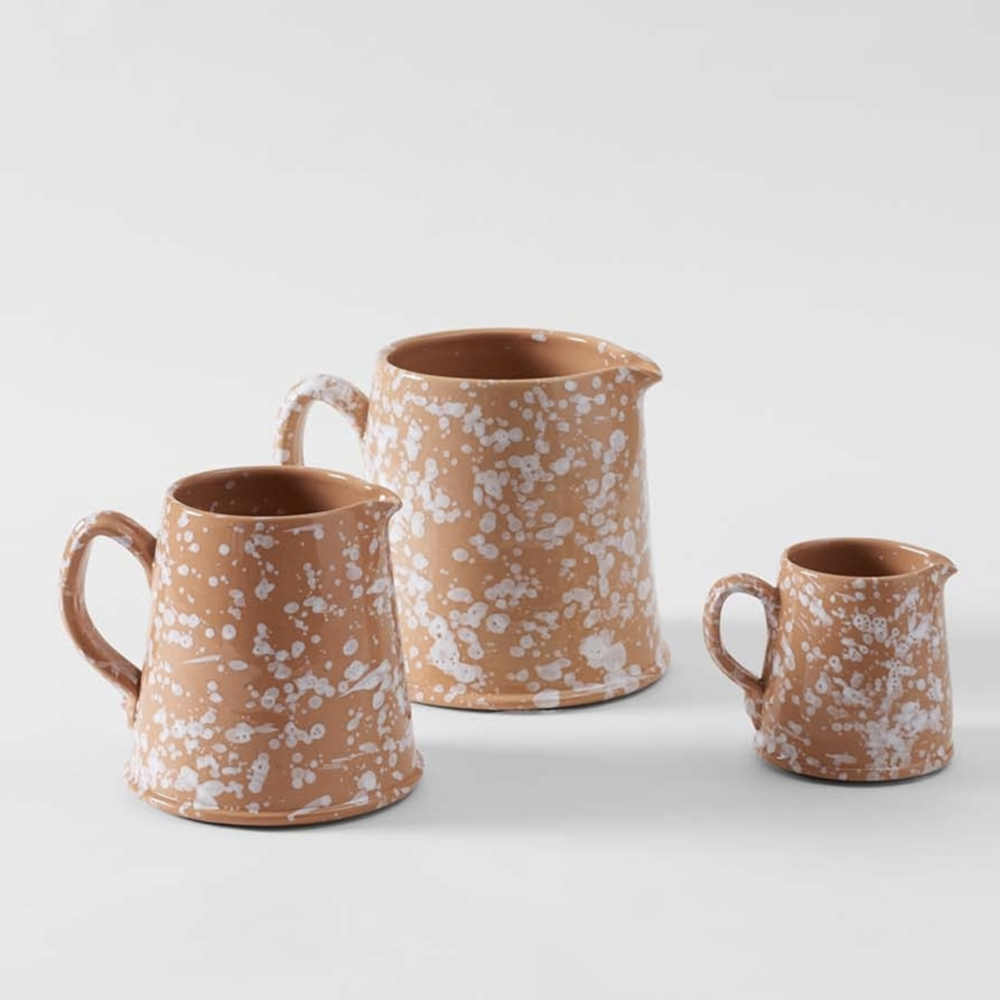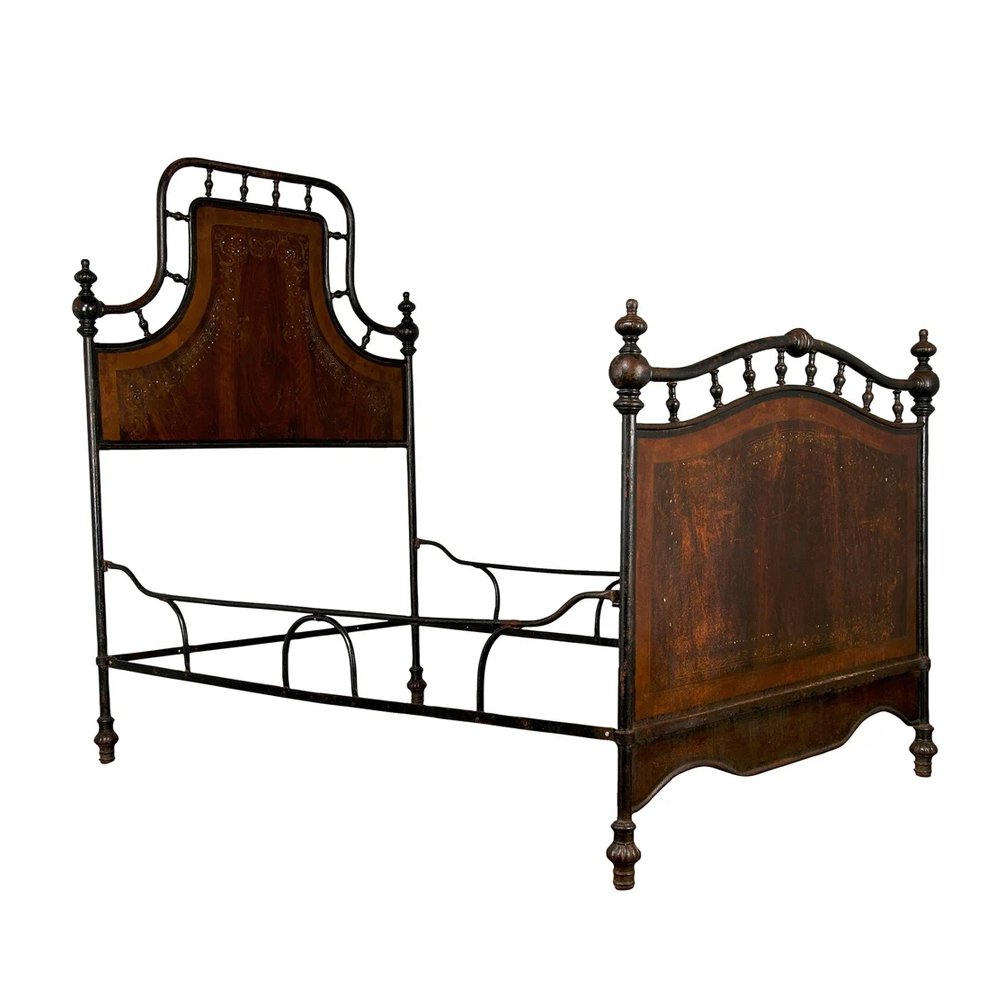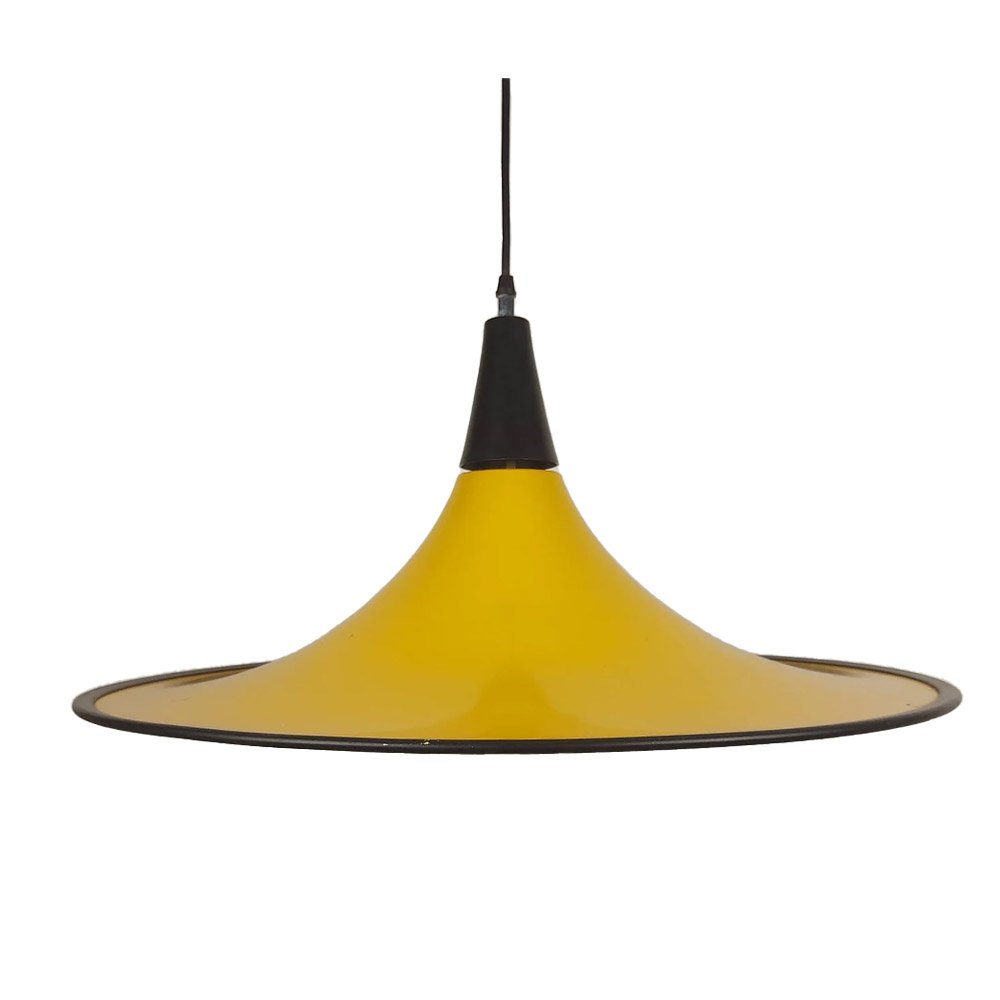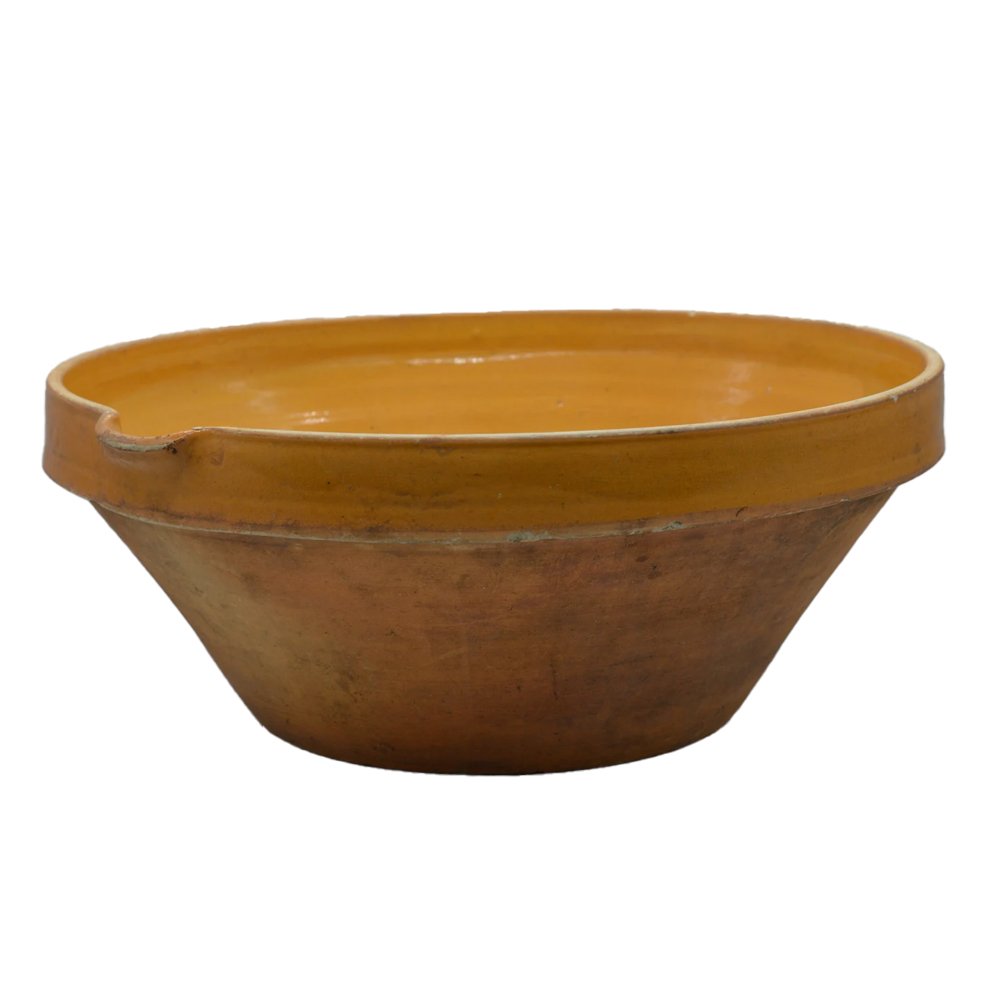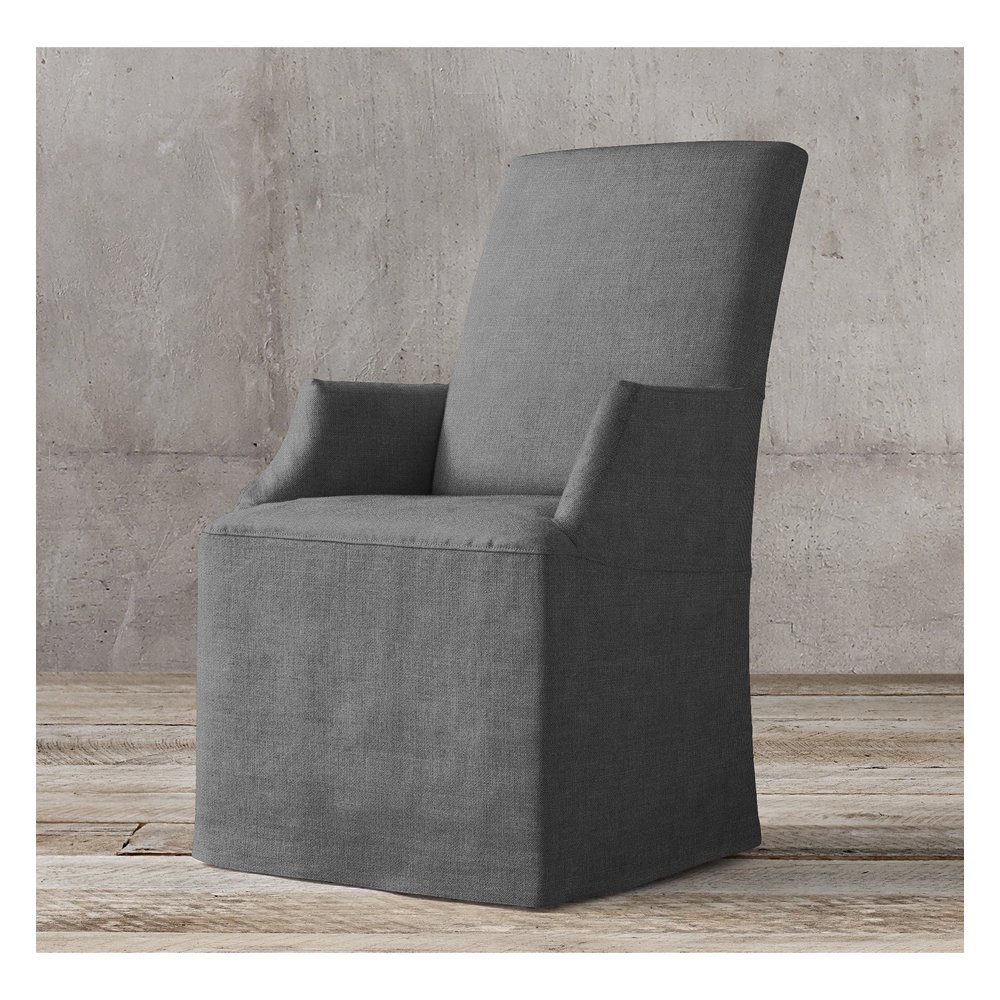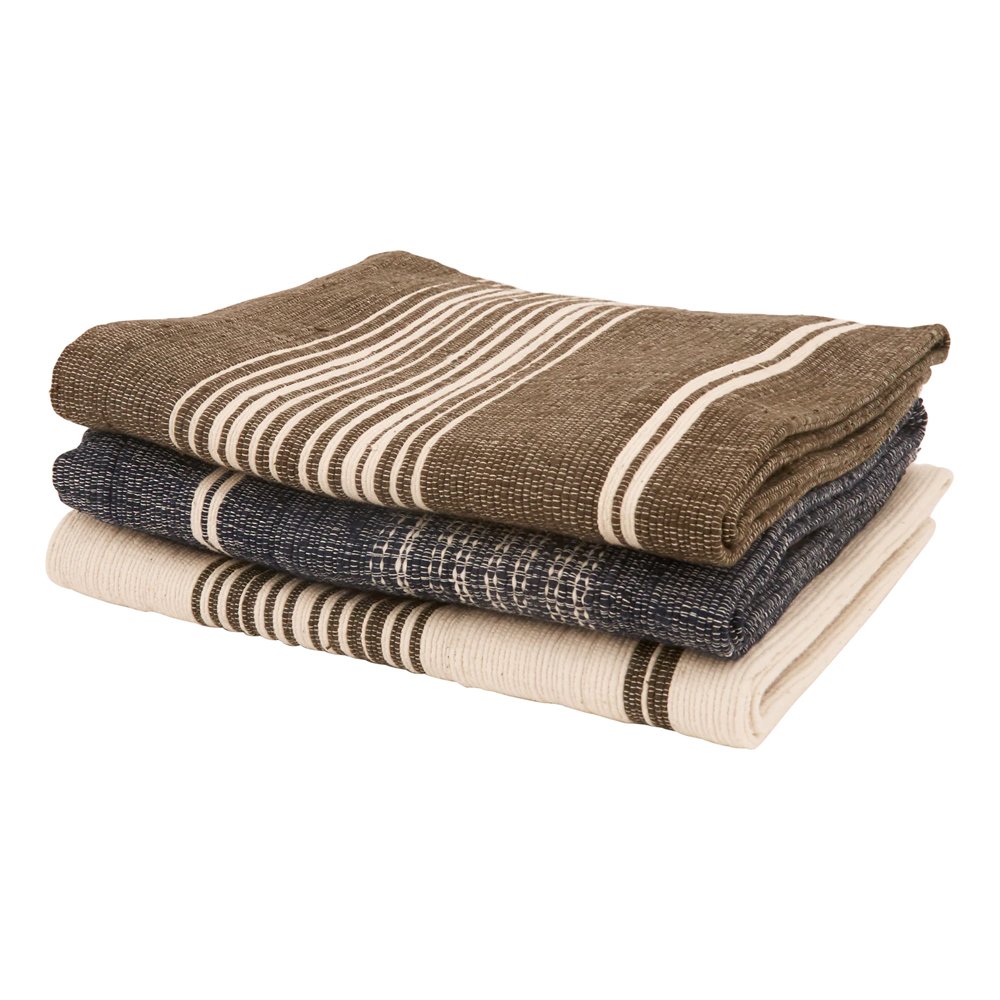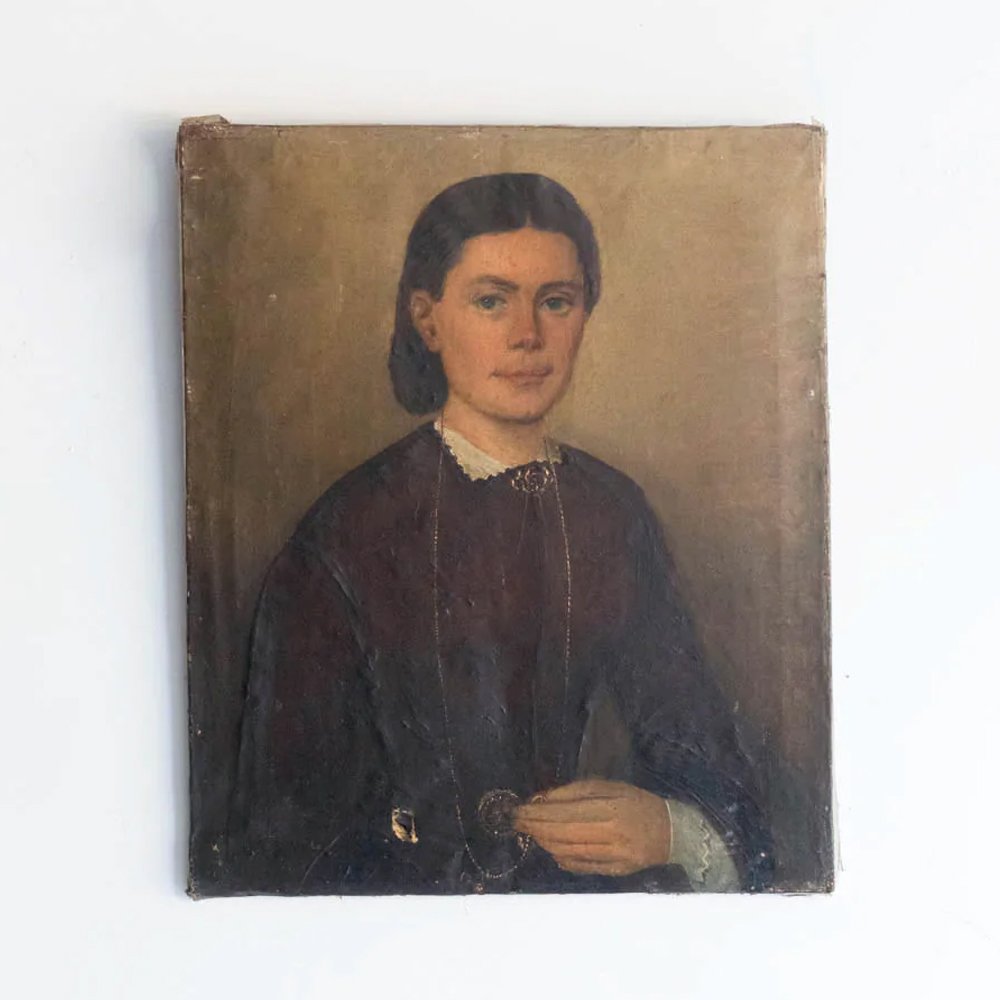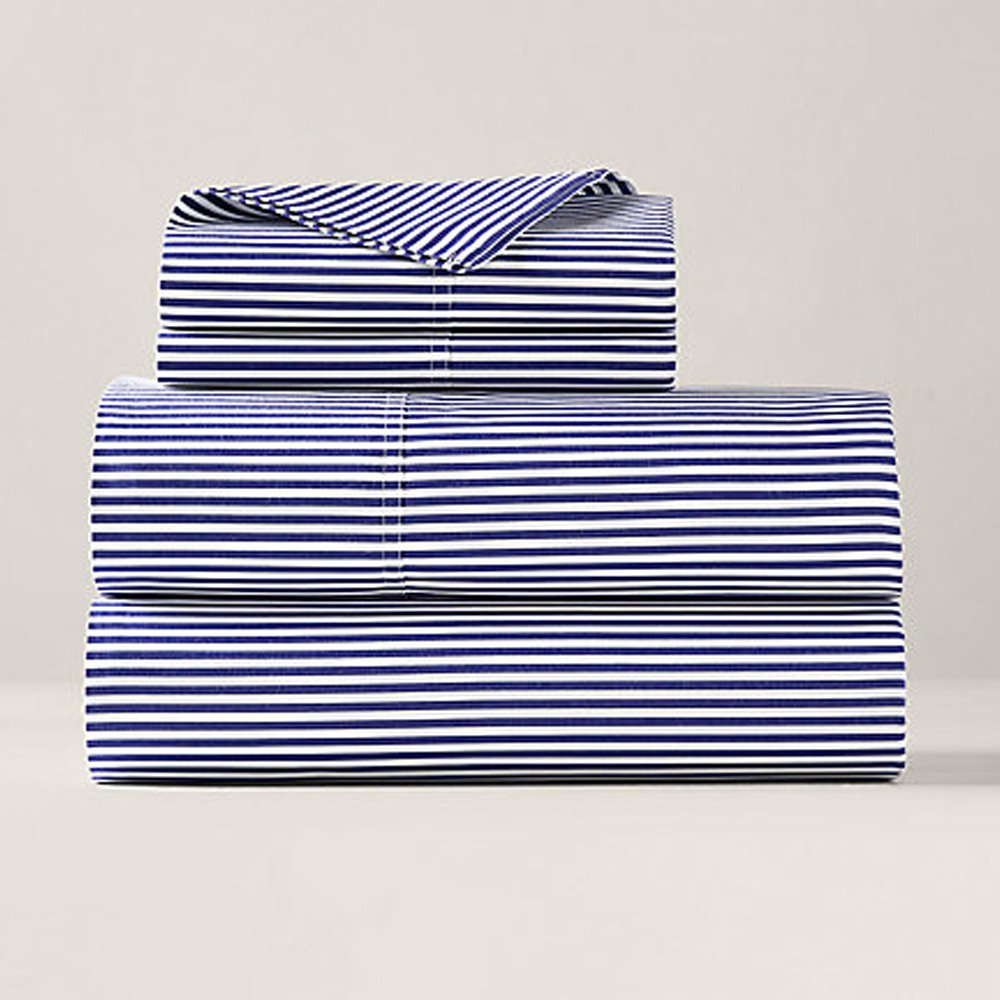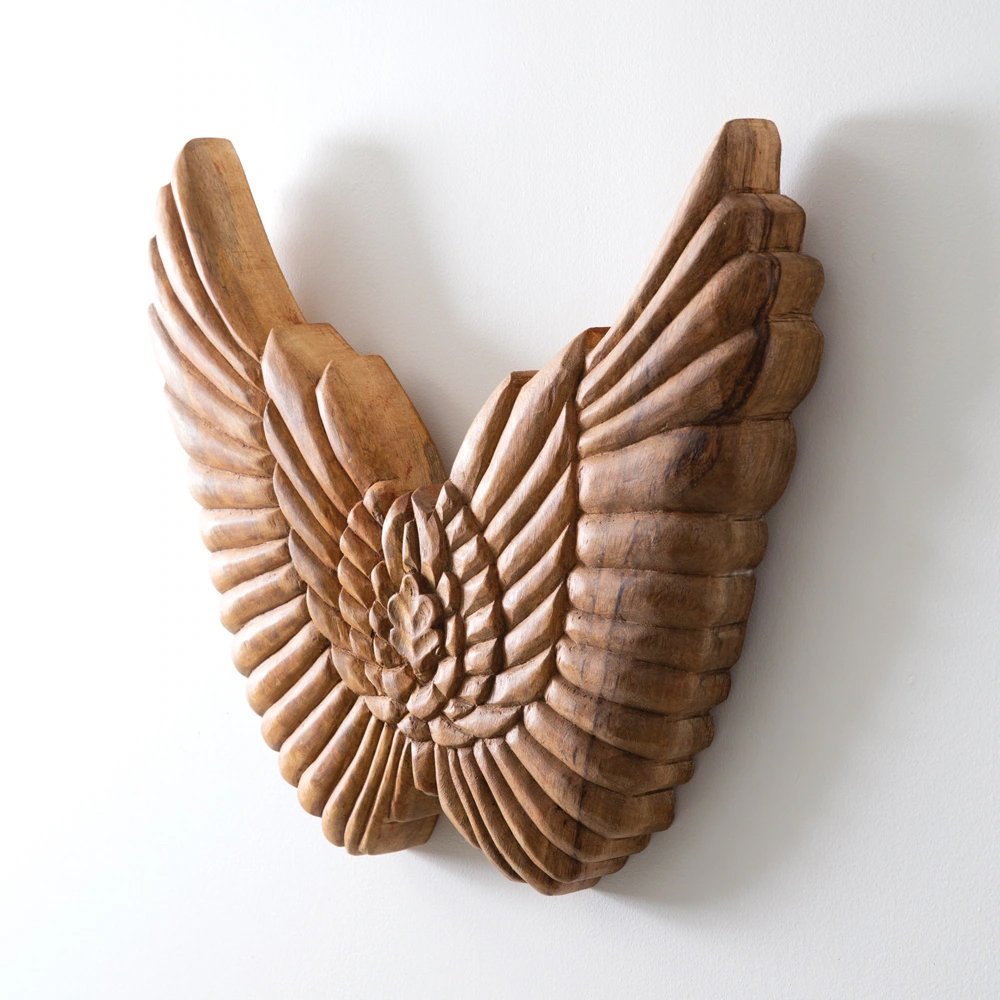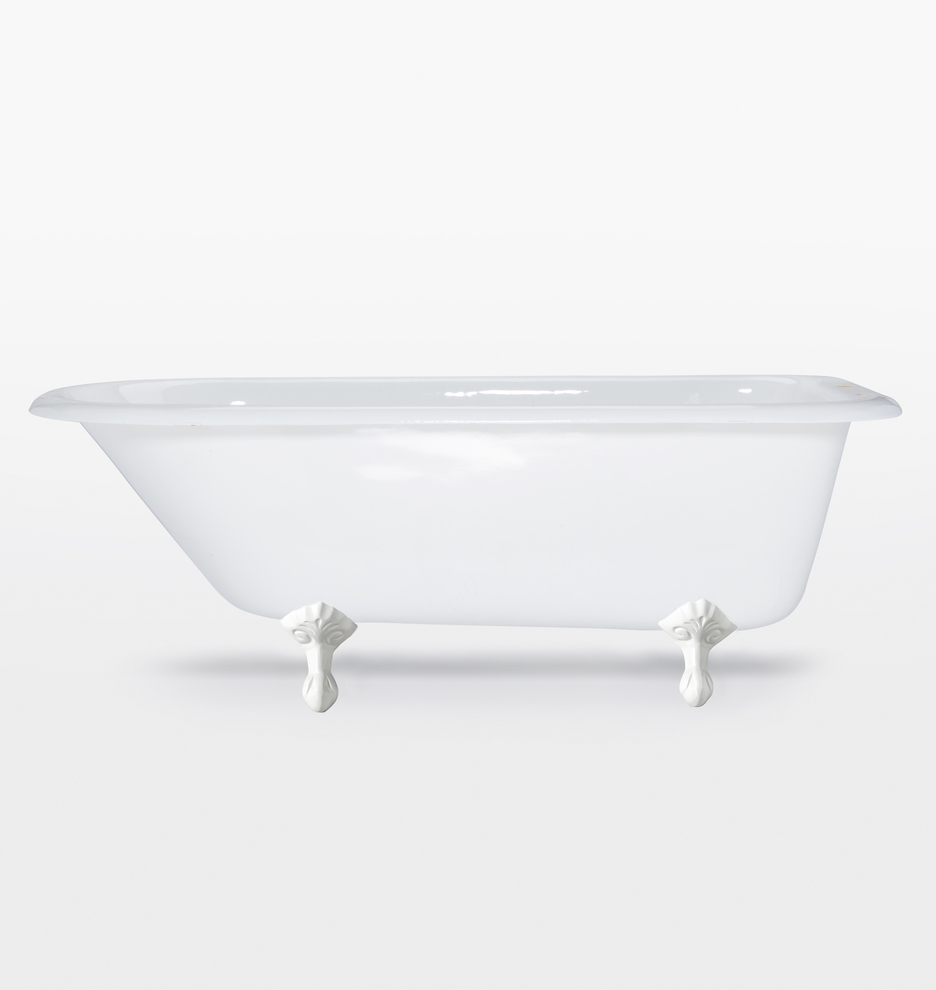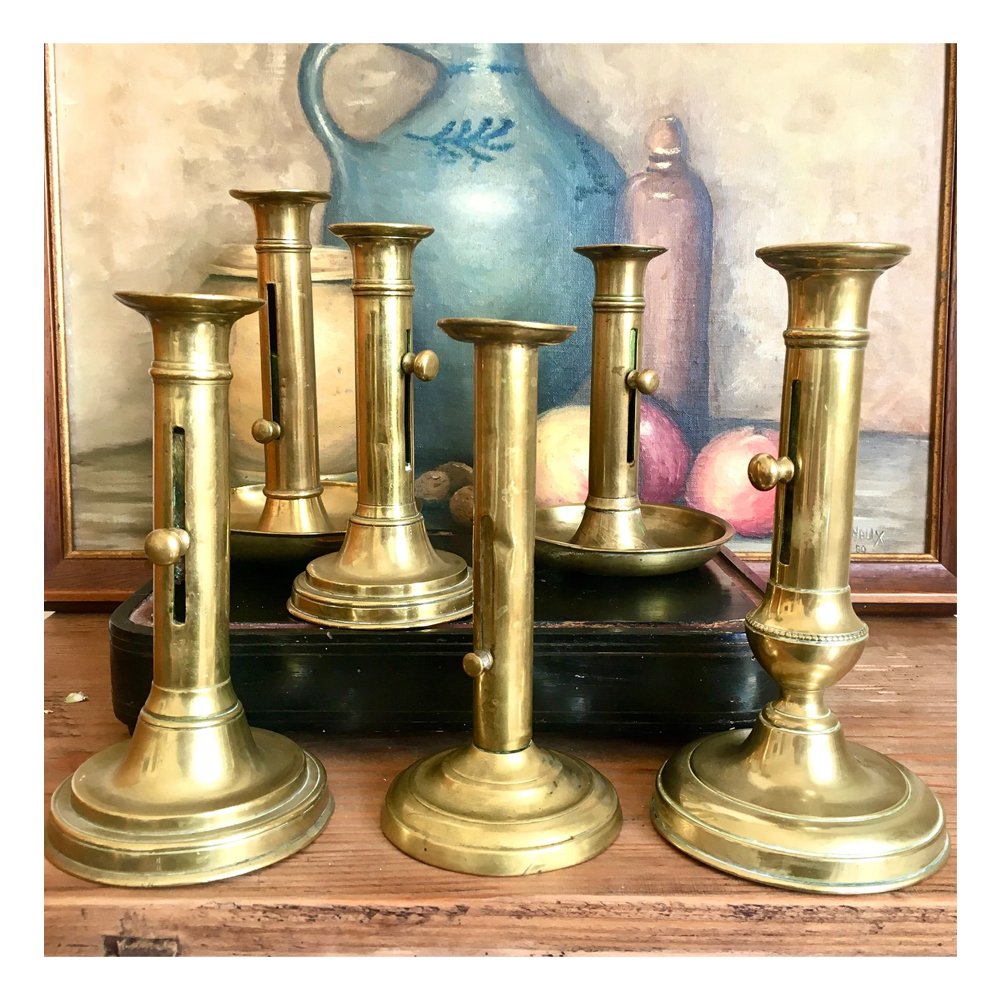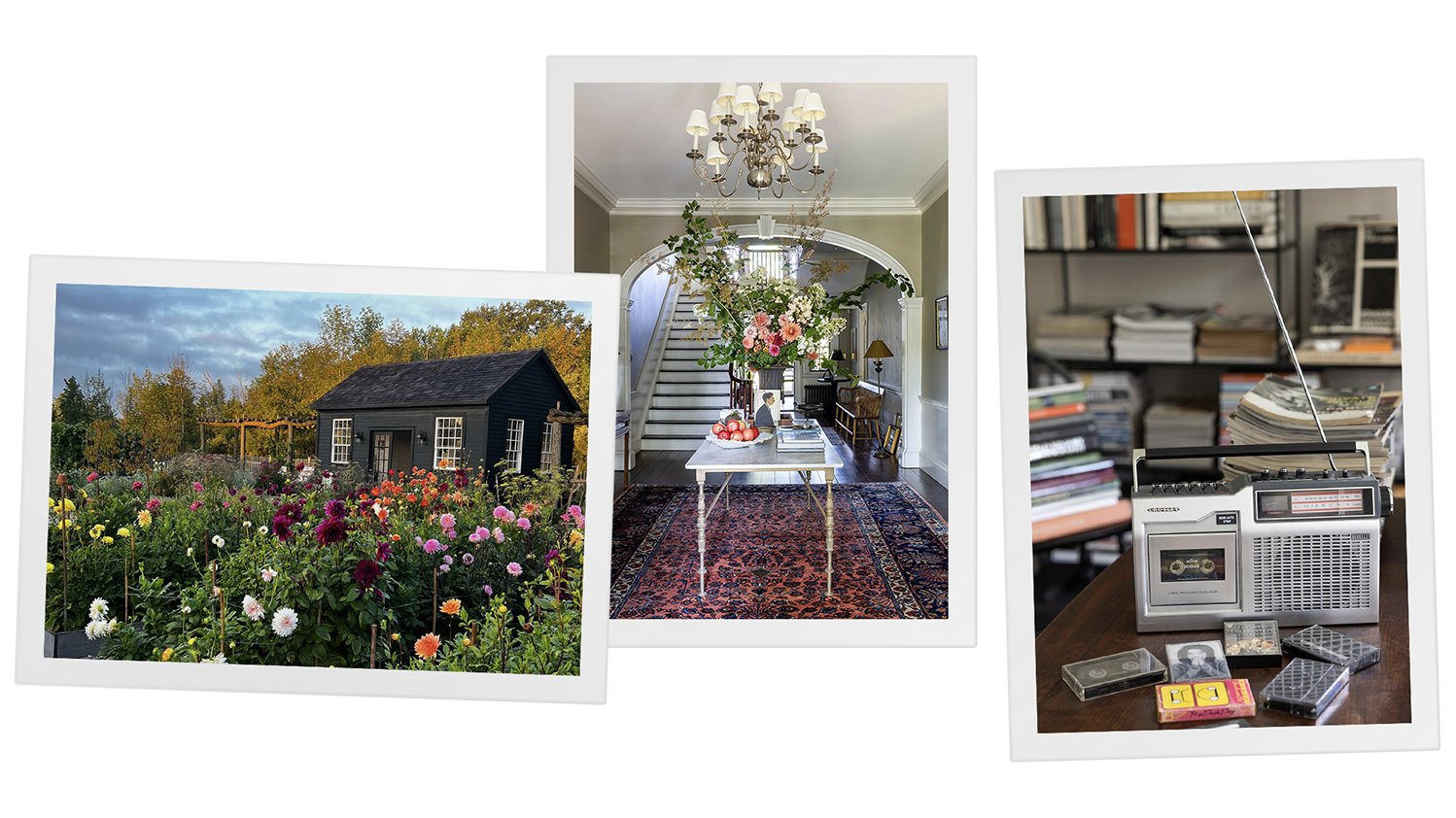Marston House’s Winter Home in Provence

Written by S. Pajot | Photographed by Marta Xochilt Perez | Produced and Art Directed by Michelle Adams and Emily Schoen
This hill and these valleys have been home to people for tens of thousands of years. The names of the prehistoric settlements once tucked amid the rocky ridges and their rolling lowlands are lost forever. But the Romans, who ruled the area for centuries, called this place Bitrona. And its French name is Bonnieux.
It is here—in this hilltop village, in the famed region of southeastern France known as Provence, in a grand apartment, cut from a palatial 14th-century residence built atop medieval underground dwellings—that Sharon and Paul Mrozinski spend their winters. The owners of Marston House, an antiques shop and architectural design project based in Vinalhaven, Maine, they have been coming to Bonnieux for nearly 20 years now, strolling over cobblestones to the Friday-morning farmers’ market, hiking into the forest for picnics, and darting off to hunt for the French treasures that will be taken back to the United States once spring arrives.
These homes are literally from the earth. It’s the earth and the stones, and a little water.
Though the Mrozinskis now spend about six months of every year in France, there was a time when, Paul says, “I didn’t know anything about the French, except Claude Debussy and Le Corbusier.” He’d never been to France, let alone Provence or Bonnieux. And neither had Sharon. It actually wasn’t until 1983 that they made their first visit.
The Mrozinskis’ collection of classical portraits, many found in the markets of Provence, hang from the stone walls of their library. The room is reminiscent of the 1,000-year-old subterranean homes built on this hill. “We have, beneath our building, ‘des caves,’” Paul explains, using the French pronunciation, “kahhv.” “They are dug into the ground, and they use the classic vaulted ceilings with stone. You can see, just from being inside them and the way that they are connected, that people lived in them.”
That winter, a friend happened to be housesitting a cozy two-bedroom apartment in a five-story walk-up in Paris, and they simply figured: Why not join her for a bit? “It was on a whim,” Sharon recalls. “Paul was sort of like, ‘Let’s get out of here!’ So we took a month off.”
After just one night in Paris, they’d already fallen for the country, the culture, the people. “It was the beginning of our long love affair with France,” Paul says. “We were in our mid-30s, and we would just hit the street in the morning, walk 18 or 19 or 20 miles, and come back at night with enough provisions to make a meal. And then we’d start all over again the next day.”
Looking out on the forests of the Luberon, Sharon and Paul’s Bonnieux apartment is one of several created centuries ago by splitting up a regal country home. Many were constructed during the 14th century, when Pope Clement V, a Frenchman, moved the Catholic Church’s headquarters from Rome to Avignon for 67 years.
On that same trip, Sharon and Paul also made their first visit to Provence. “Every night, we stayed in a different town. We went to Aigues-Mortes, Antibes, and so on,” Paul recalls. “One night, we stayed in Saint-Rémy-de-Provence at a hotel, and the next morning, we woke up, opened the windows, and there was a market right below us. It was like, ‘I’ve never seen anything like it. Incredible.’”
But during that jaunt through the South of France, they never quite reached Bonnieux, the town that, nearly two decades later, would become their second home. “We made it to the Luberon,” the mountain range in which it is nested, “but not the village itself,” Sharon says. “Maybe Bonnieux was playing hard to get,” she jokes.
The Mrozinskis’ kitchen surely has dozens of stories to tell. But among the most recent is that of Nathalie Waag, the apartment’s previous owner, a cooking teacher, as well as a good friend of Lulu and Lucien Peyraud, the owners of iconic winery Domaine Tempier, and of Alice Waters, the Chez Panisse chef and organic, local-food pioneer. “With their help, Nathalie built a business, with Americans coming here and staying for a week,” Paul says. “She would take her visitors to the markets in the morning, where they would buy produce and chickens, and she would bring them back here to create meals beside the fireplace.”
Inevitably, yet too soon, the Mrozinskis found themselves on a plane to the United States. “We thought, Someday, somehow, maybe we’ll come back,” Sharon recalls. “But it never occurred to us that we would buy a place in France.”
It took 14 years, but Sharon eventually made her return trip to Provence. After a visit with friends in Florence, Italy, Paul had to fly home to look after some business. “I stayed on, though,” Sharon explains, “and we went antiquing through the South of France.” When she got back to Maine, she immediately insisted on canceling their next (already-booked) vacation, a trip to Ireland. “I said, ‘Paul, cancel it! We’ve got to go to France again.’ He was like, ‘No, it’s all set.’” Undeterred, Sharon flatly insisted. “I just said, ‘Honestly, Paul, we have to go.’” And so, they returned in 1998. And again in ’99. And then in 2000.
On their first return trip together, in ’98, the Mrozinskis couldn’t help themselves from snooping for Provençal real estate. “We’d gone to have dinner [in the town of Goult], and at that time, there were no for-sale signs up in that village,” Sharon recalls. “So we asked the owner of the restaurant if she knew of any property that was for sale. She said, ‘Actually, there is a place just here on this same street.’”
Paul darted out the door of the restaurant. “But it was a ruin,” he says. “There were holes in the floor. Trees growing out of it.” For a moment, their dreams were dashed. “But that night,” Sharon remembers, “after we’d finished dinner, Paul was showing that ruin to me, and all of a sudden, a shooting star went ssshhhfffttt.” She pauses, eyes wide, reenacting the moment. “We just looked at each other and said, ‘Did you see that? It’s a sign!’” And Paul agreed. “Definitely a sign! But I think the shooting star landed here,” he snickers, “in Bonnieux.”
Like the French, we try to find the beauty in the everyday and the extraordinary.
Designed by the Mrozinskis and made by a local metalsmith, the apartment’s bed frames and curtain rods are symbols of their 20-year-long collaboration with the artisans of Provence. Whether it’s masonry work or dyeing vintage textiles for Marston House, “we just couldn’t complete any of our projects without them, the tradespeople, our friends,” Paul says.
Another couple of years passed, but the Mrozinskis finally found the place where that meteorite might have landed while visiting the offices of real estate agent Madeline “Mad” Nelson. “She was flipping through her listings, these huge, beautiful, leather-bound books of photographs,” Paul explains. “And then, by accident, out fell a couple of polaroids.”
They were pictures of an apartment in Bonnieux. “And I said, ‘Hmm, that looks quite interesting.’” An appointment was promptly made to see the place. “And just as Madame Nelson went to ring the bell, we noticed the name at the door—Waag—and Sharon said, ‘Don’t we know that name?’”
It was another sign. The apartment belonged to Nathalie Waag, a Provençal cooking teacher. The Mrozinskis had tried to book a stay and some classes with Waag during the previous year’s trip to Provence, but she’d had plans to be out of town, visiting her son in Spain. And now, as if by fluke, they were about to meet her, and maybe buy her home. “It was simply providential,” Sharon says.
Ornate hand-painted molding and a gorgeous marble fireplace. A rustically luxe bathroom with its clawfoot tub and enormous antique mirror. Early-morning light spilling over wooded mountains and through eight-foot-tall casement windows. Sharon and Paul’s bedroom is a quiet, elegantly lived-in wonder. “Our little cloister when we need it,” Sharon says.
The deal was done in just a few days. “We loved Nathalie. She loved us. So we made an offer,” Paul says. “And the next day, Nathalie accepted.” Suddenly, they were the new owners of an almost 700-year-old home in Provence, with a sunrise view of la forêt des cèdres and the Petit Luberon.
As always, though, after the dream came true, real life took hold. “We still had to do all of the renovations,” Paul says. “Nathalie had lived here since 1987. But she was a bohemian, and she sort of lived from month to month, and if something needed to be fixed, she didn’t have the resources to fix it. That’s what really led to her selling. The roof needed repairs, and there were pans on the floor catching drops when it would rain.”
A home should be beautiful. But the first question is practicality, the use of its rooms. What’s needed to make a place more livable? That comes way before what color are you going to use on the walls.
The project list was long. It began with a complete infrastructural overhaul. “A new roof, new windows throughout the apartment, all new plumbing, all new electricity,” Paul explains. “There were a lot of exposed wires on the walls feeding outlets or switches. There were inline fuses, which I’d never seen in a house. Every time Nathalie would turn on her oven, it would blow out the lights in the whole apartment. It was a dangerous situation.”
The Mrozinskis also decided to completely remodel one side of the apartment. A long, dusty storage room that stretched nearly half of the full length of the place was turned into four new rooms: a laundry and linen room; a bedroom; and two bathrooms, each with its own shower.
In 2011, Sharon and Paul added to the layout of their Provençal retreat by purchasing a cozy adjoining studio, which was also once part of the much larger, long-ago-divided 14th-century construction. “That space is a bit of a hidden chamber,” Sharon says. Concealed behind two doors, with its own open kitchen and a tiny bathroom, the sun-dappled studio is a semi-secret, entirely private suite. “Afternoon naps with the curtains drawn. Late nights, reading with the windows open. It’s just lovely.”
Next came the aesthetic work. “Paul painted every inch of the place,” Sharon says. The foyer, the dining room, the bedrooms—they all got a new coat. But in the library, the walls were coming down. “The plaster was falling apart,” Paul says. A more extreme solution was needed. “So we had the room stripped and left the stone walls exposed.”
For a while, the kitchen’s main purpose was serving as storage space for a cement mixer and a kid’s swimming pool full of sand. In time, though, as the Mrozinskis finished the last of their renovations, the Bonnieux apartment became a quiet, comfortable home again. They filled its fireside kitchen, windowed dining room, cozy yet high-ceilinged bedrooms, and charming adjoining studio with furniture, objets, and art from local antiquaires. They loaded the shelves in the cave-like library with books on wine, Provençal history, and Picasso. Peu à peu, they settled into their new lives in France.
Even after nearly two decades, the Mrozinskis’ Bonnieux apartment remains a perpetual work in progress. “We’re always reconsidering our rooms,” Sharon admits. “We’ll occasionally notice this could use a little more nuance, and that could use a little more comfort,” she says. “Our homes, whether here or back in Vinalhaven, will never be perfect, and it would be no fun if they were.”
“We now need the two cultures,” Paul says. “We couldn’t just stay in Maine or Provence. We are now part of two places. One feeds the other.” And just as they have in Vinalhaven, Sharon and Paul, after nearly two decades of living and working in the South of France, have found Provençal friends who’ve become like members of their extended family. “We’ve built such great friendships, very solid relationships,” Sharon says.
‘Leave. Go. Don’t miss it.’ That’s the advice we got, and we give, about Provence.
Long, friendly chats with the antiquaires. A “Bonjour, Monsieur Paul!” from the butcher. Some free chocolats and a couple of jokes from the shopkeeper at K. Délices de Provence. As people have been doing here for generations, the Mrozinskis have made a home, a life, and many friends on this hill. They chose France. They chose Provence. They chose Bonnieux.
“Ah, but we didn’t choose Bonnieux,” Paul protests. “I think Bonnieux selected us,” he says. “We just followed the shooting star.”
Dreaming of a week in Provence?
Get The Look
Our product recommendations may include items from our sponsors and/or contain affiliate links, which means we may earn a commission when purchases are made. Rest assured, every item is genuinely chosen by our editorial team.

